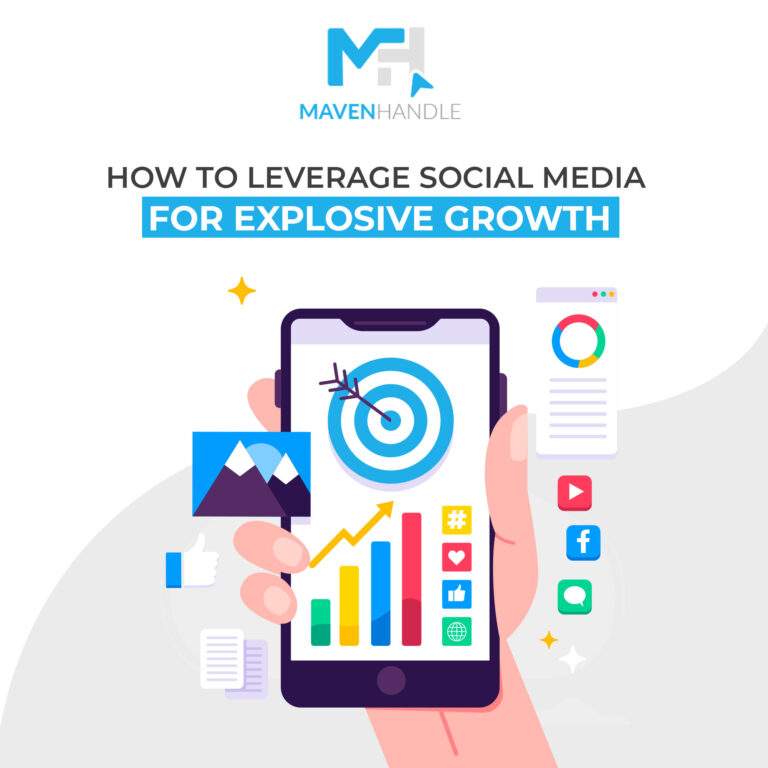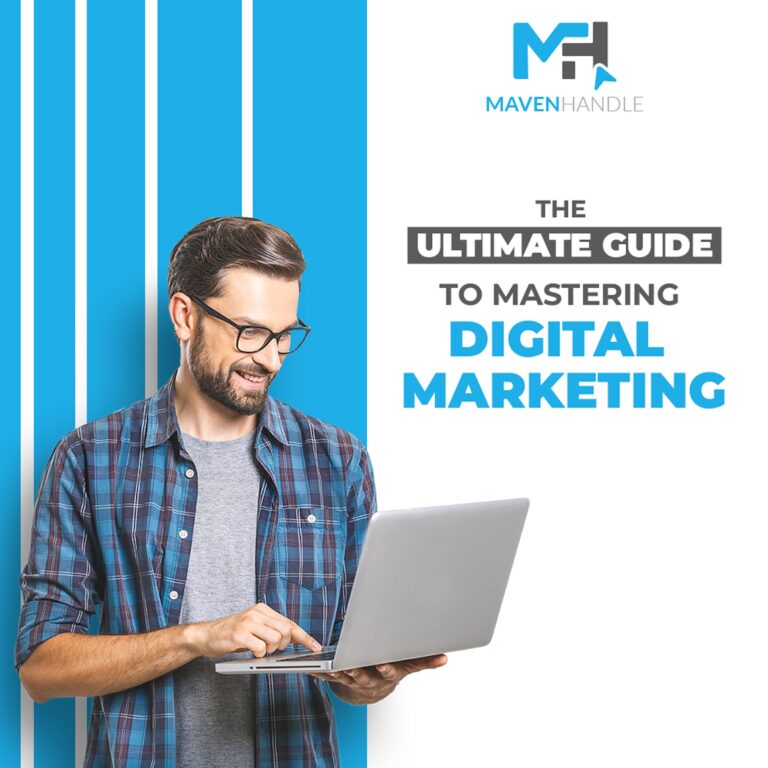It is a title that explores the balance between paid advertising and organic strategies in digital marketing.
Paid vs. Organic: Finding the Perfect Digital Marketing Mix
Introduction
Importance of Balance: Discuss why a blend of paid and organic strategies is crucial for a successful digital marketing strategy.
Objective: Outline the aim of finding the optimal mix that maximizes ROI and long-term growth.
1. Understanding Organic Marketing
Definition and Scope: What constitutes organic marketing (SEO, content marketing, social media engagement)?
Benefits: Discuss the advantages such as cost-effectiveness, sustainability, and trust-building with audiences.
2. Exploring Paid Advertising
Types of Paid Advertising: Overview of PPC (Google Ads, social media ads), display advertising, sponsored content.
Benefits: Immediate visibility, targeting capabilities, and scalability.
Considerations: Cost factors, competition, and ad fatigue.
3. Setting Goals and Objectives
Defining Goals: Determining what you want to achieve with your digital marketing efforts (brand awareness, lead generation, sales).
Aligning with Business Objectives: How paid and organic strategies can support specific business goals.
4. Budget Allocation Strategies
Budget Considerations: How to allocate budgets between paid and organic channels.
Testing and Iteration: Experimenting with different budget allocations to find the optimal mix.
ROI Measurement: Methods for measuring ROI from both paid and organic campaigns.
5. Integrating Paid and Organic Strategies
Synergies Between Channels: How paid and organic strategies can complement each other (e.g., using PPC to boost content visibility).
Content Amplification: Using paid ads to amplify organic content reach.
Retargeting and Remarketing: Strategies to re-engage users through both paid and organic channels.
6. SEO and Paid Search Integration
Keyword Strategy: Coordinating keyword research efforts between SEO and PPC teams.
Landing Page Optimization: Ensuring landing pages are optimized for both organic search and PPC campaigns.
Data Sharing: Sharing insights and data between SEO and paid search campaigns for better targeting and optimization.
7. Long-Term Sustainability
Building Authority: How organic strategies contribute to long-term brand authority and trust.
Customer Acquisition Costs: Comparing the long-term costs of acquiring customers through paid vs. organic channels.
Adapting to Changes: Strategies for adapting to algorithm updates and market shifts.
8. Measuring Success and Optimization
Key Metrics: Identifying and tracking KPIs for both paid and organic campaigns (e.g., CTR, conversion rate, ROI).
Analytics Tools: Recommended tools for monitoring and analyzing campaign performance.
Continuous Improvement: Iterative process of optimizing campaigns based on performance data.
9. Case Studies and Examples
Success Stories: Real-world examples of brands achieving success with balanced paid and organic strategies.
Lessons Learned: Key takeaways from case studies applicable to different industries and business sizes.
Below is a list of useful links:
10. Conclusion
Summary: Recap the importance of finding the right balance between paid and organic strategies.
Actionable Insights: Encourage readers to evaluate their current digital marketing mix and make adjustments as necessary.
Future Outlook: Discuss emerging trends and technologies that may impact the digital marketing landscape.



